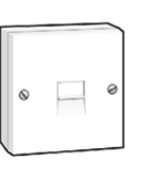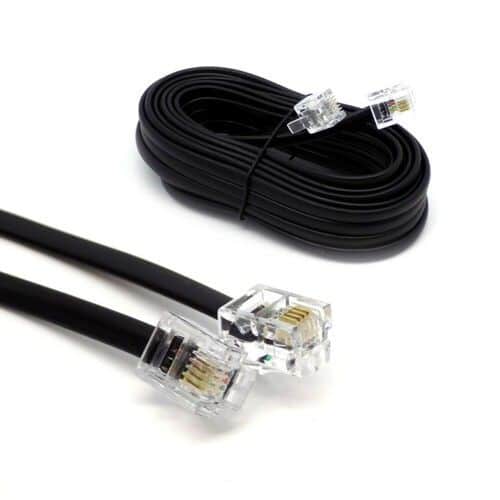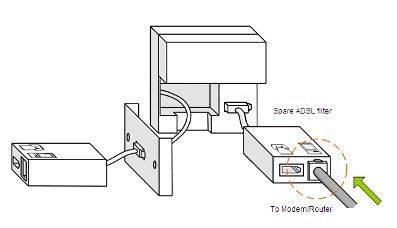 Help
Help
Master Sockets & Micro Filters
- 15 February 2024
- 7 December 2023
- Exa Support
Master Sockets & Micro Filters
Introduction
A Master Socket is the primary socket where your phone line connects inside your home or business. There are two types of Master Sockets – one with a single socket and another with two sockets.
Single Socket
If you have a Single Socket Master Socket, you’ll need to use a Micro-Filter to split the frequency of your line so that you can use the broadband and telephone line at the same time.
Master Socket with a single socket :
Below is an image of all the different Single Socket Master Socket that may be installed.

If you have more than one socket, you’ll have an extension socket that needs to be connected to the Master Socket. However, please note that any onsite checks need to be done at the Master Socket rather than the extension socket. This is referred to as an Internal Setup.
An extension socket typically looks like this:

If you have one of these then a Micro-Filter will need to be connected to it and the DSL cable connected to the Filter
Double Socket
If you have a Double Socket Master Socket, you won’t need to use a Micro-Filter as the frequency of your line will be split into the two sockets so that you can use the broadband and telephone line at the same time already.
Master socket with a split socket: Below is an image of all the different Double Socket Master Sockets that may be installed.

Micro-filter: Below is an image of a Micro-Filter.

To connect your router, you’ll need to use a DSL Cable (also known as an RJ11 cable).
DSL Cable : Below is a picture of a DSL cable

Test Socket: In case you encounter connection problems such as performance or a dropping connection, we may ask you to perform some onsite checks, one of which includes connecting to the Test Socket. The Test Socket is located behind the faceplate of the Master Socket and bypasses any internal wiring of the main socket, connecting you to the main line outside of the building. To connect to the Test Socket, you’ll need to remove or unclip the front faceplate, and you’ll also need a Micro-Filter.
Below is an image of the test socket and how to connect to it:

Suggested Next Read





